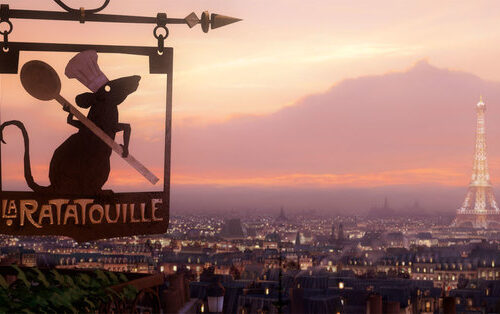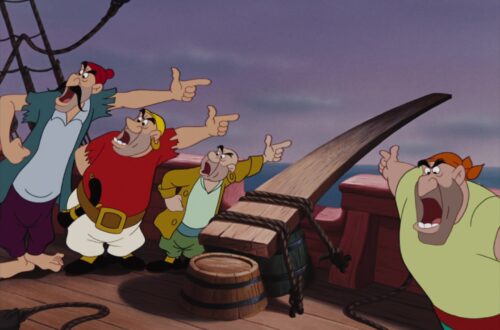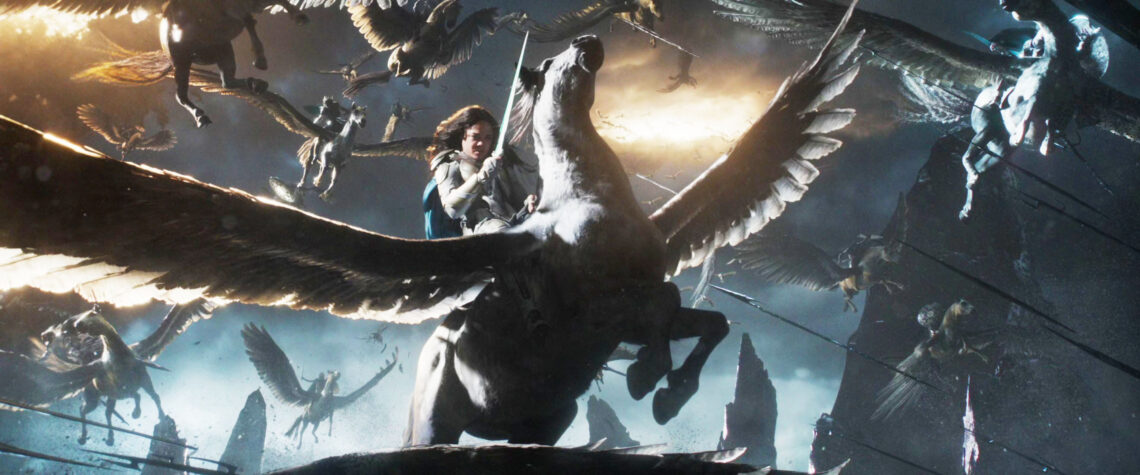
The Myth of the Valkyries
In Norse mythology, among the most epic figures are the Valkyries, a group of formidable warrior women in service to Odin. Men held a reverential fear of them and, over the centuries, they have continued to inspire artists and writers, Marvel included. Valkyrie, whose true name is Brunhilde, is one of the most active Asgardian characters in the Marvel Universe, to the extent that she has also been introduced in the Cinematic Universe, albeit with a revised appearance and portrayed by Tessa Thompson.
Certainly, based on what the House of Ideas has shown us, Valkyrie is an excellent and fierce fighter, but how much do we know about the myth and history behind her character?
Let’s discover it together by immersing ourselves in the cold Nordic lands!
The Figure of the Valkyries
The name Valkyrie derives from Valkyrja (Old Norse) or wælcyrie (Old English) and can be translated as “the one who chooses the fallen.” These warrior women had the task of traversing the battlefields to collect the souls of the deceased and lead them to Valhalla. Their duty has associated them with wolves and ravens, creatures that often roam the fields to feed on the corpses. Once the deceased is brought to Valhalla, the Valkyries serve them drinks in precious horns (if you’re interested in the ritualistic use of drinking in Norse mythology, we recommend this article of ours). Finally, when Ragnarok arrives, they will lead the departed to fight in the final battle alongside Odin. Indeed, the All Father commands the Valkyries to go where there is war, and thus they appear amidst flashes of lightning, determining the outcome of the conflict.
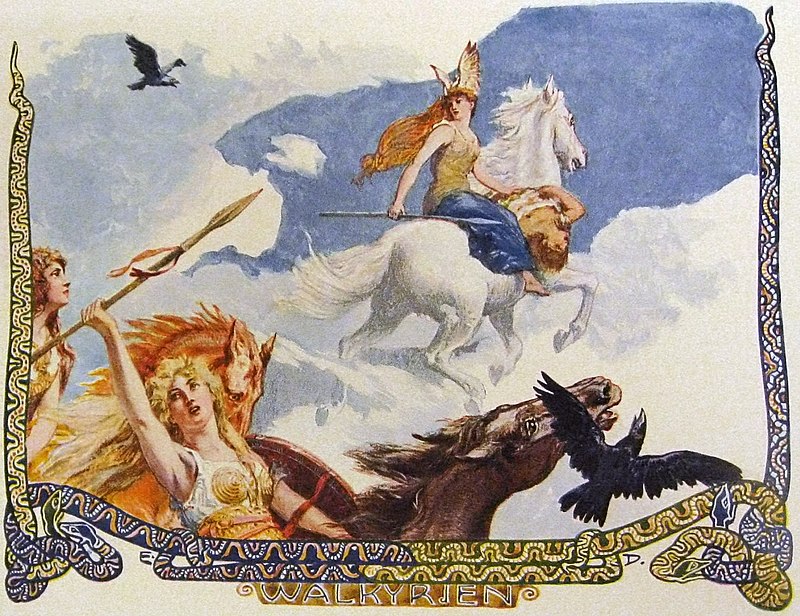
The Sources
These mythological figures appear in various ancient sources of Norse mythology, particularly in the Poetic Edda and the Prose Edda and other texts such as the Icelandic saga Brennu-Njáls (10th-11th century).
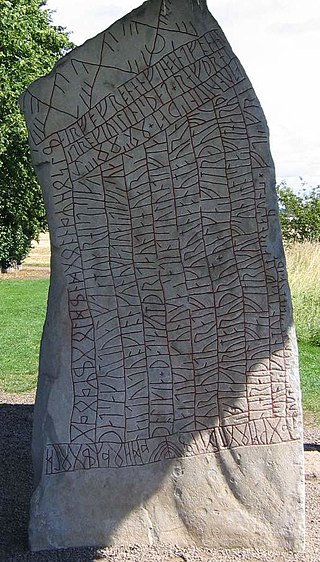
In particular, in this latter text, there is the Darraðarljóð, a song of eleven stanzas in which the Valkyries decide who should be slain during the Battle of Clontarf (April 23, 1014). If you’re curious, here’s a stanza from the song:
“Only the Valkyries can choose the slain […]
It is horrible now to look around
As a blood-red cloud darkens the sky.
The Heavens are stained with the blood of men,
As the Valkyries sing their song.”
Another extremely important source for Norse myths is runic texts. In particular, we want to tell you about the most interesting and enigmatic among them, namely the Rök Stone (9th century AD). It is a stele found in the church of Rök in Östergötland, Sweden, and it is the oldest attestation of runic writing in Viking Scandinavia and the longest runic inscription that has come down to us. The stele is of fundamental importance to us, and its author engraved it with a clear cryptic intent. In fact, not only did he use two different runic systems, the so-called “Rök Runes” and the “Proto-Norse fuþark,” but he also made unconventional use of many symbols and included two encrypted writing systems. However, the stone has been translated, yet the debate continues regarding its precise interpretation!
Brunhilde
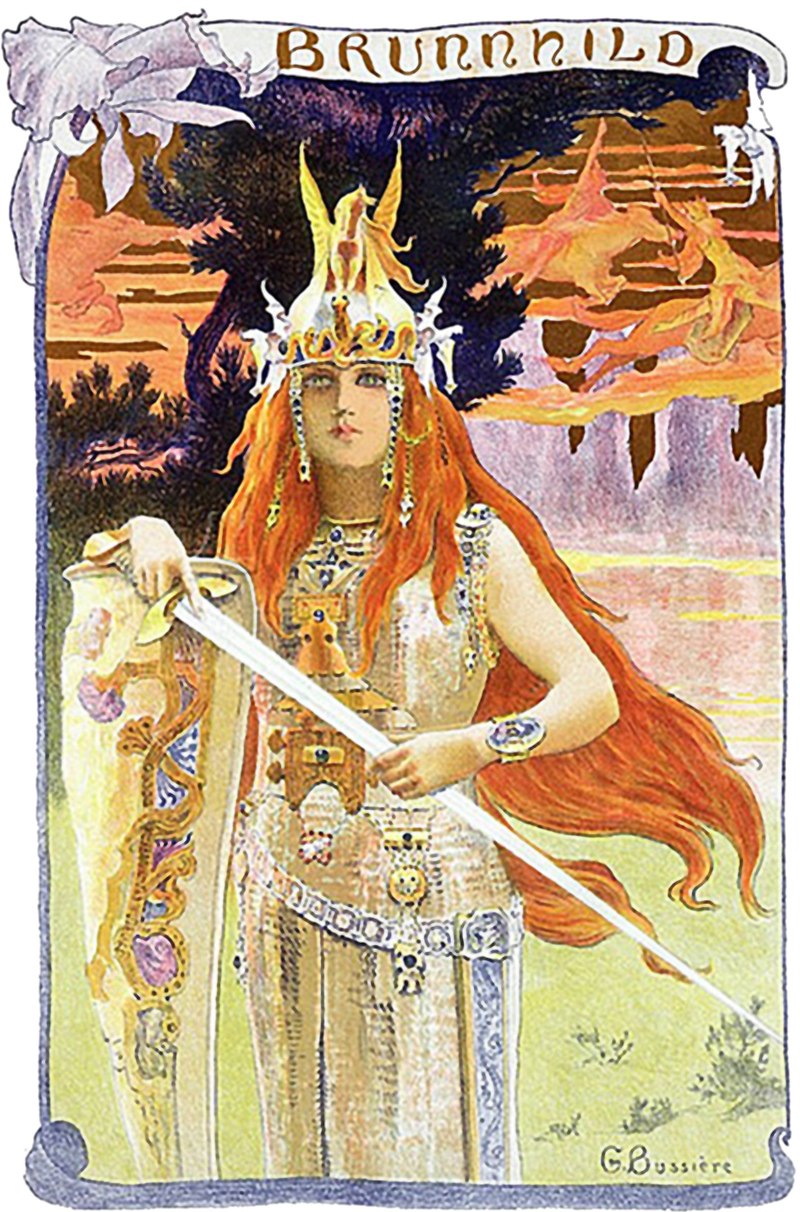
The Valkyries are known by their proper names, and all of them are meaningful names, indicating not only the character of their persona but also some aspect related to the world of battle. For example, there’s Guðr or Gunnr, whose name means “war,” Herja, which means “devastation,” Mist, which means “fog,” or Hrund, “the piercer.”
But undoubtedly, the most famous among them is Brunhilde, and it is from her that Marvel drew inspiration for its character. The name Brunhilde (Brynhildr) derives from “brynja,” which means “chainmail,” and “hildr,” which means “battle,” so her name could be translated as “Armor.” Sometimes she is considered to be a single figure with the Valkyrie named Sigrdrífa, “she who leads to victory,” while in other traditions, they are regarded as two distinct figures.
The stories concerning Brunhilde are closely linked to the hero Sigurd. After slaying the dragon Fafnir, Sigurd is instructed to seek out Brunhilde, who has been cursed into a deep sleep by Odin. The hero manages to awaken her by removing her armor (far from the kiss of a prince charming!) and once awakened, the Valkyrie tells him her story and teaches him the use of runes (in the famous “Lay of Sigrdrífa”), and ultimately, the two promise to marry because she has sworn to wed only a fearless man. Needless to say, their story does not end well; in fact, they are both forced to marry other people and in the end, Brunhilde herself orchestrates Sigurd’s death out of revenge, immediately regretting her actions and taking her own life, with the sole consolation of being buried together.
In short, all the material for a perfect tragedy is there!
The Ride of the Valkyries
When we think of these female figures from Norse mythology, almost immediately the phrase “The Ride of the Valkyries” comes to mind. But why?
You should know that “The Ride of the Valkyries” is the well-known piece that opens the third act of the opera “Die Walküre” (The Valkyrie) by the German composer Wilhelm Richard Wagner (1813-1883). This opera is part of the tetralogy “Der Ring des Nibelungen” (The Ring of the Nibelung), composed between 1848 and 1874, and consists of four operas: Das Rheingold (which serves as a prologue), The Valkyrie (first day), Siegfried (second day), and Twilight of the Gods (third day). This cycle of four musical dramas tells a grand story centered around the deities of Norse mythology and its heroes, with the central figure, along with Siegfried, being Brunhilde (after whom the second opera is named), who in the third day will be the only one to redeem herself and finally free herself from the cursed ring of the Nibelung.
“The Valkyrie” was first performed at the National Theatre in Munich on June 26, 1870. The piece “The Ride of the Valkyries,” where the warriors gather in preparation for battle, lasts approximately eight minutes and has been one of the most frequently used in cinema for epic entrance scenes before action sequences.
By listening to it below, you will recognize it immediately!
The Steeds of the Valkyries
Since we have talked about the riders, let’s now discuss the mounts. In the collective imagination, Valkyries are usually seen wielding weapons while riding magnificent winged steeds, and Marvel, both in comics and in the cinematic universe, has embraced this image.
In Viking and Scandinavian iconography there are some images of women together with horses, armed or holding a drinking horn. Among these, one of the oldest representations is the stone of Alskog Tjängvide I, from the island of Götland, in the Baltic Sea where a woman is depicted handing a cup to a man on an eight-legged horse, namely Odin riding Sleipnir. Thanks to this it has been possible to identify it with enough confidence as a Valchiria that welcomes Odin or, interpreting it in a broad sense, a departed warrior in Valhalla.
However, there is a particular source that suggests another possible mount for these warriors: wolves. The image is particularly epic and evocative, and it is provided by the aforementioned Rök stone. The stone contains the following verse: “This we say for the twelfth, where ‘Gunnr’s horse’ sees food on the battlefield where twenty kings lie.” All scholars agree in interpreting the “horse of Gunnr” (the Valkyrie whose name means “war”) as a wolf, again due to their presence on the fields after a battle and their ferocity. Not to mention that wolves are often mentioned alongside Valkyries. Certainly, in Marvel movies, we would have loved to see Valkyrie riding Fenrir!
And with this, we have come to the end of our article! If you enjoyed it, let us know by commenting here or on our social channels. And if you have the opportunity and about five hours, we recommend going to the theater to see “The Valkyrie”!
Sources
- Andrén, A.; Jennbert, K.; Raudvere, Old Norse Religion: Some Problems and Prospects, in “Old Norse Religion in Long Term Perspectives: Origins, Changes and Interactions, an International Conference in Lund”, Sweden, 3–7 June 2004. Nordic Academic Press 2006, pp. 11-14.
- C. Cucina, Pietre runiche e letteratura: convergenza, interferenza, contestualità figurativa, in “Le Rune: Epigrafia e Letteratura – IX Seminario avanzato di Filologia Germanica”, a cura di V. Dolcetti Corazza e R. Gendre, Segrate (Mi) 2009, pp. 151-250
- A. Hellstam, The Woman Behind it All – Searching for Social Roles of Woman in Late Iron Age Central Blekinge, Tesi di Master 2019, Lund University.
- L. K. Williams, Changing Perspectives: Valkyries in Text and Image, in “Ex Historia”, Exeter 2019, pp. 111-148.
- https://www.treccani.it/enciclopedia/wilhelm-richard-wagner/
- https://opera-inside.com/la-valchiria-walkure-di-richard-wagner-la-guida-dellopera-e-la-trama/?lang=it
Here you can find this article in italian


